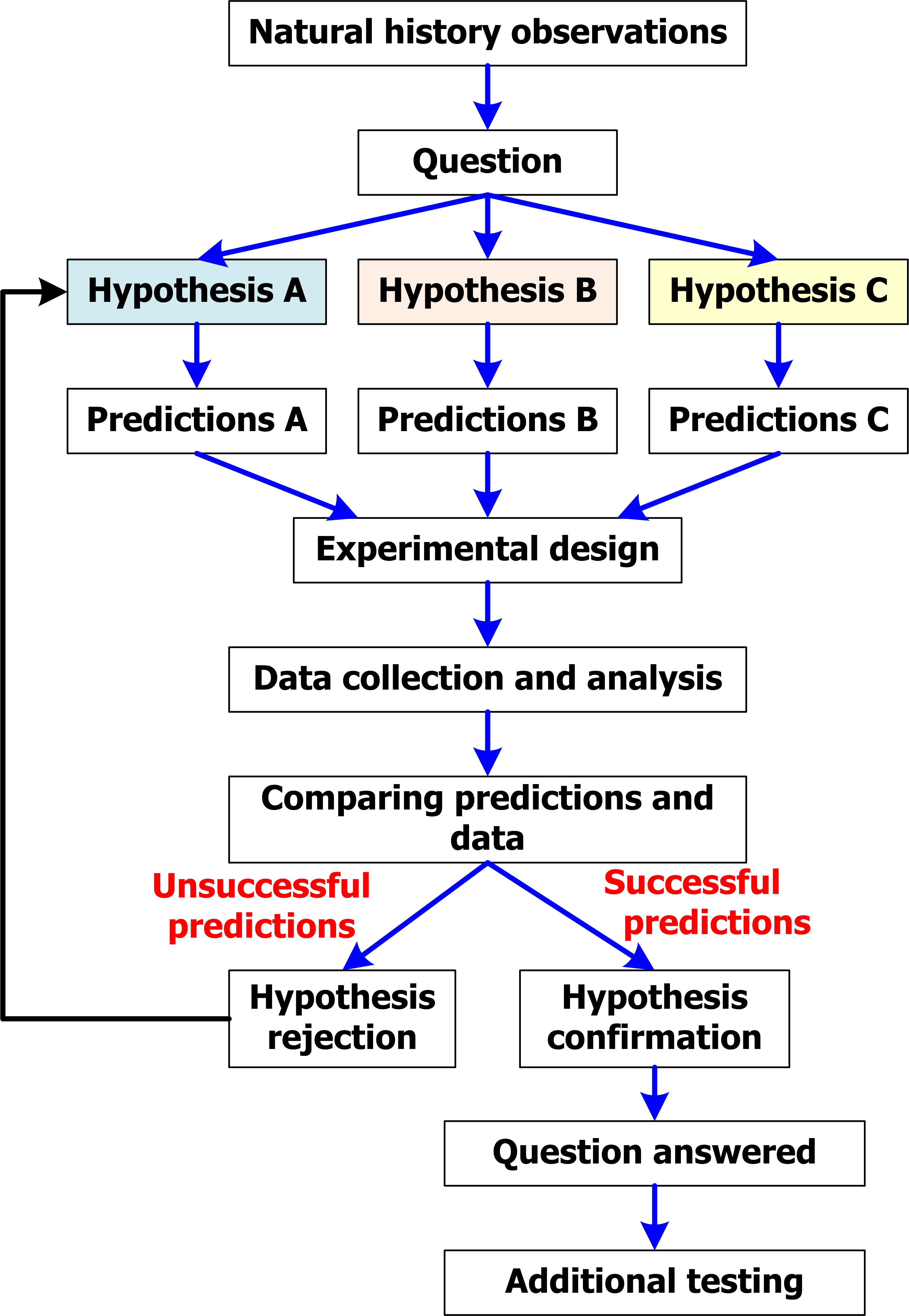What can ecologists do to become useful in the mess that is currently the 21st Century? In Australia we have a set of guidelines now available as “Foundations for the Future: A Long Term Plan for Australian Ecosystem Science” (http://www.ecosystemscienceplan.org.au ) It is a useful overall plan in many respects and the only question I wish to discuss here is how we ecologists come to such plans and whether or not they are realistic.
We should begin by treating this plan as an excellent example of political ecology – a well presented, glossy brochure, with punch lines carved out and highlighted so that newspaper reporters and sympathetic politicians can present sound bites on air or in Parliament. One example: “Healthy ecosystems are the cornerstone of our social and economic wellbeing”. No arguments there.
Six key directions are indicated:
- Delivering maximum impact for Australia: Enhancing relationships between scientists and end-users
- Supporting long-term research
- Enabling ecosystem surveillance
- Making the most of data resources
- Inspiring a generation: Empowering the public with knowledge and opportunities
- Facilitating coordination, collaboration and leadership
Most ecologists would agree with all 6 key directions, but perhaps only 2 and 3 are scientific goals that are key to research planning. Everyone supports 2, but how do we achieve this without adequate funding? Similarly 3 is an admirable direction but how is it to be accomplished? Could we argue that most ecologists have been trying to achieve these 6 goals for 75 years, and particularly goals 2 and 3 for at least 35 years?
As a snapshot of the importance of ecosystem science, the example of the Great Barrier Reef is presented, and in particular understanding reef condition and its changes over time.
“Australia’s Great Barrier Reef is one of the seven wonders of the natural world, an Australian icon that makes an economic contribution of over $5 billion annually. Ongoing monitoring of the reef and its condition by ecosystem scientists plays a vital role in understanding pressures and informing the development of management strategies. Annual surveys to measure coral cover across the Great Barrier Reef since 1985 have built the world’s most extensive time series data on reef condition across 214 reefs. Researchers have used this long-term data to assess patterns of change and to determine the causes of change.”
The paper they cite (De’ath et al. 2012) shows a coral cover decline on the Great Barrier Reef of 50% over 27 years, with three main causes: cyclones (48% of total), crown-of-thorns starfish (43%) and coral bleaching (10%). From a management perspective, controlling the starfish would help recovery but only on the assumption that the climate is held stable lest cyclones and bleaching increase in future. It is not clear at all to me how ecosystem science can assist reef recovery, and we have in this case another good example of excellent ecological understanding with near-zero ability to rectify the main causes of reef degradation – climate change and water pollution.
The long-term plan presented in this report suggests many useful activities by which ecosystem studies could be more integrated. Exactly which ecosystem studies should be considered high priority are left for future considerations, as is the critical question of who will do these studies. Given that many of the originators of this ecosystem plan are from universities, one worries whether universities have the resources or the time frame or the mandate to accomplish all these goals which are essentially government services. With many governments backing out of serious ecosystem research because of budget cuts, the immediate future does not look good. Nearly 10 years ago Sutherland et al. (2006) gathered together a list of 100 ecological questions of high policy relevance for the United Kingdom. We should now go back to see if these became a blueprint for success or not.
De’ath, G., Fabricius, K.E., Sweatman, H., and Puotinen, M. (2012). The 27–year decline of coral cover on the Great Barrier Reef and its causes. Proceedings of the National Academy of Sciences 109(44): 17995-17999. doi:10.1073/pnas.1208909109.
Sutherland, W.J., et al. (2006). The identification of 100 ecological questions of high policy relevance in the UK. Journal of Applied Ecology 43(4): 617-627. doi: 10.1111/j.1365-2664.2006.01188.x
